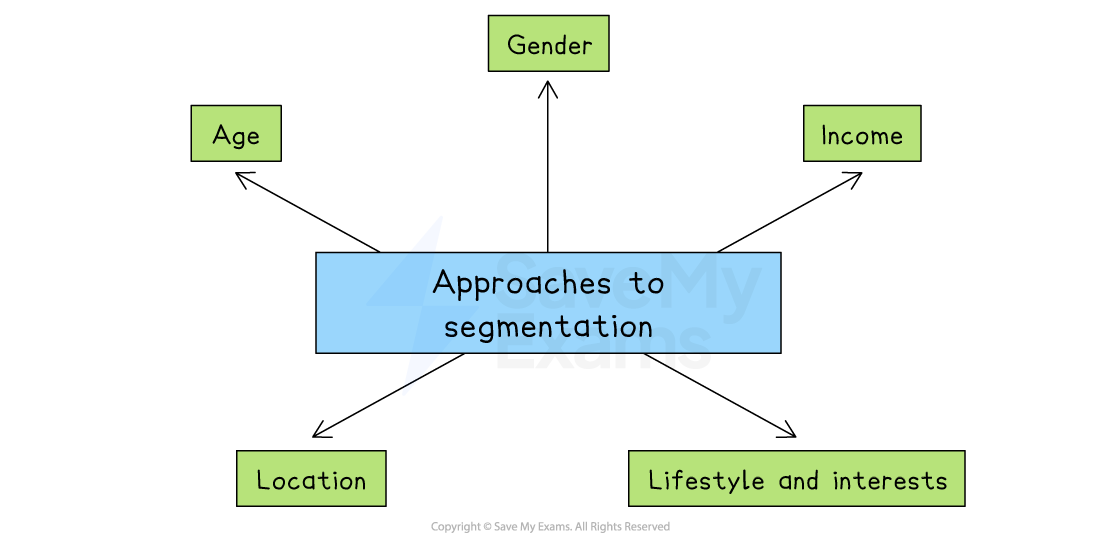Market Segments (SQA National 5 Business Management): Revision Note
Exam code: X810 75
What is a market?
A market is any physical or virtual place where buyers and sellers meet to exchange goods or services
Markets are essential for businesses because they
Provide a place to sell products and earn revenue
Allow businesses to identify customer needs and wants
Help them compete with other businesses
Give customers choice, value and convenience
Types of markets
Market | Description | Example |
|---|---|---|
Consumer market |
|
|
Business (industrial) market |
|
|
Local market |
|
|
National market |
|
|
International market |
|
|
Online market |
|
|
Ways to segment markets
To meet customer needs effectively, businesses often divide the market into segments, which are groups of customers with similar characteristics
Understanding these segments helps businesses target their products and marketing more effectively
Common ways to segment markets

Segmentation approach | Explanation | Examples |
|---|---|---|
Age |
|
|
Gender |
|
|
Income |
|
|
Location |
|
|
Lifestyle/interests |
|
|
Case Study

Wild Bean Naturals is a small Scottish business that produces and sells handmade skincare products such as soaps, moisturisers, and lip balms. The company was founded in 2019 by two friends who wanted to offer eco-friendly alternatives to mass-produced beauty products.
WildBean sells its products through its website, independent gift shops, and at local farmers’ markets. The business aims to attract customers who value sustainability and natural ingredients while keeping prices affordable.
How Wild Bean segments its market
Segmentation method | Example |
|---|---|
Age |
|
Gender |
|
Income |
|
Location |
|
Lifestyle/interests |
|
Examiner Tips and Tricks
Don’t confuse market segments with target markets.
Segmentation is how a business divides the market into groups, while the target market is the specific group it chooses to focus on
Remember: segment first, then target

Unlock more, it's free!
Did this page help you?